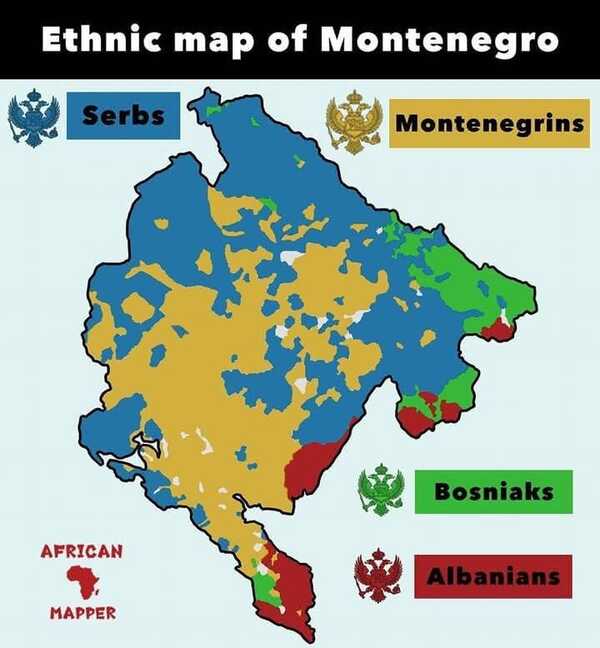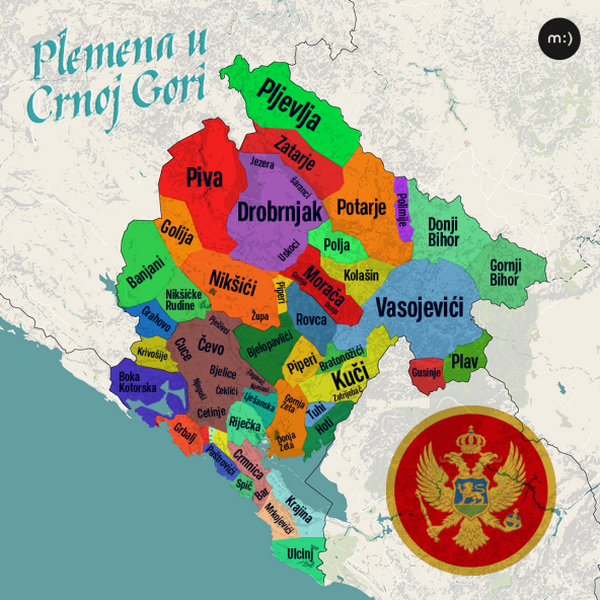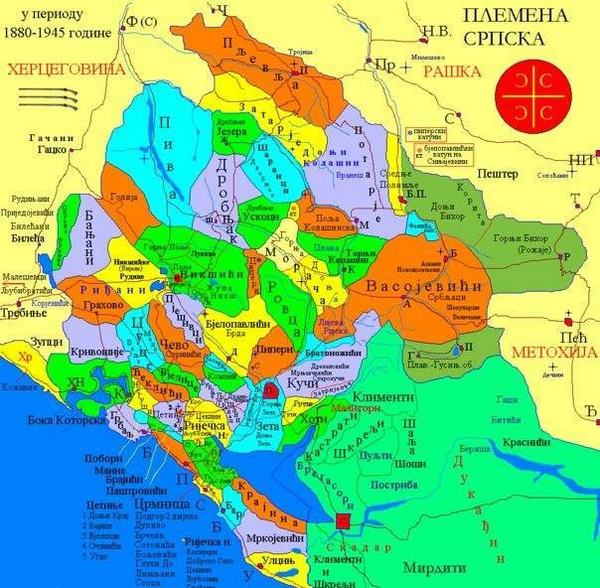Forum
- Home
- Forum
Petar Petrovic Njegos is widely regarded as the father of Montenegro due to his role as the Prince-Bishop and spiritual and military leader who united Montenegrin tribes, strengthened the state, and introduced laws and institutions that prepared Montenegro for modernization. He was a member of the Petrović dynasty and served as the ruler of Montenegro from the late 18th to mid-19th century, with Petar I Petrović-Njegoš ruling from 1784 to 1830 and his nephew Petar II Petrović-Njegoš (commonly known as Njegoš) succeeding him.
Regarding his identity, Petar Petrovic Njegos identified with the Serbian Orthodox Church and was canonized as Saint Peter of Cetinje by this church. He was an Exarch of the Serbian Orthodox Church in Montenegro, and his cultural and religious affiliation was strongly linked to the Serbian Orthodox tradition. His literary and political legacy is also celebrated in both Montenegrin and Serbian contexts, and he expressed aspirations for the unity and liberation of Serb people.
Therefore, it is accurate to say that Petar Petrovic Njegos, as a key figure in Montenegrin history, is often considered the father of Montenegro, and he identified as Serbian in terms of his religious and national identity within the context of his time.
Before the 20th century, majority of the people in the region of Montenegro identified themselves as Serbians, reflecting shared cultural, religious (Serbian Orthodox), and historical ties. The idea of Montenegro as "Serbian Sparta" or "Serbian Sparta" is historically rooted in the recognition of Montenegrin martial culture, steadfastness, and independence, somewhat analogous to the ancient Greek city-state of Sparta known for its military discipline. This nickname was used to highlight the warrior spirit and resistance against Ottoman rule displayed by Montenegrins.
Historically, Montenegro was part of broader Serbian medieval states and had strong Serbian cultural and ecclesiastical connections, especially through the Serbian Orthodox Church. The term "Serbian Sparta" referenced the perception of Montenegrins as fierce warriors and defenders of Serbian Orthodox Christianity and Serbian heritage in the Balkans.
Thus, the identification of Montenegrins as Serbians pre-20th century aligns with their cultural and religious affiliations, and the nickname "Serbian Sparta" symbolized their reputation for courage and resilience in warfare.
Before the 20th century, it is historically accurate to say that Montenegro was not widely considered a separate ethnicity distinct from Serbs but rather seen as a region closely tied to Serbian identity, culture, and religion. The people of Montenegro largely identified as Serbs, sharing a common language, Serbian Orthodox Christianity, and cultural traditions with Serbia. The leadership and populace of Montenegro often considered themselves part of the broader Serbian national identity.
The analogy to Northumbria and England is apt in some respects; Montenegro was similar to a regional, culturally and historically linked area under a distinct political and tribal structure but without a sharply distinct ethnic identity separate from Serbs. The Prince-Bishopric of Montenegro and its ruling dynasty were deeply linked to the Serbian Orthodox Church and the Serbian cultural sphere.
Despite Montenegro's nominal political independence and unique local governance under the Petrović-Njegoš dynasty, the shared ethnic and cultural self-identification with Serbs remained strong until the 20th century, when Montenegrin ethnic identity began to be more distinctly articulated under different political pressures and developments.
Thus, historically, prior to the 20th century, Montenegro is best understood as a Serbian region or entity within the Serbian cultural and ethnic orbit rather than as a wholly separate ethnicity.
The term "Montenegro" is a modern exonym derived from Venetian and other Romance languages, meaning "Black Mountain." The local people historically used the term "Crna Gora," which translates literally to "Black Mountain" in the Slavic languages spoken in the region. The name "Crna Gora" has been used locally for centuries, first appearing in official documents as early as 1276, notably in the Charter of King Milutin.
Historically, "Crna Gora" referred to the mountainous region characterized by dense, dark forests, which gave the land its name. Over time, "Crna Gora" came to designate the broader region and political entity associated with the Petrović-Njegoš dynasty and Montenegrin identity. The name "Montenegro" entered non-Slavic languages, including English, through Venetian trade and influence along the Adriatic coast.
Thus, before the 20th century and still today, locals predominantly used "Crna Gora" to refer to their land, while "Montenegro" is from external sources and became the internationally recognized name of the country much later.
Also, the term "Crna Gora," meaning "Black Mountain," is of Slavic origin and specifically tied to the Serbian language and heritage. It appears in historical documents issued by Serbian rulers, such as King Stefan Uroš I and King Milutin of the Serbian medieval Nemanjić dynasty, dating back to the 13th century. This term was used locally by the Serbian-speaking population to refer to the mountainous region now known as Montenegro.
"Crna Gora" has strong Serbian linguistic and cultural roots because, historically, the territory of Montenegro was part of medieval Serbian states and was closely linked to the Serbian Orthodox Church and Serbian national identity. The name not only describes the geographical characteristic of the region (dense dark forests on mountains) but also carries a historical connection to Serbian medieval rule and the Serbian cultural-linguistic heritage.
Therefore, "Crna Gora" as a term is indeed of Serbian descent, reflecting the Slavic, predominantly Serbian-speaking population that inhabited the region.
This is the Serbian region of Crna Gora, The so called "Montenegrins" are Serbs, the so called "Bosniaks" are islamized and mongrelized Serbs, the Albanians are a Turkish leftover from Caucasus (present day Azerbaijan).
The present day Crna Gora (so called "Montenegro") is occupied by the Jews and that's why it is separated from Serbia and why the newly composed "ethnicities" such as "Montenegrins" are promoted. And not by any Jew but by the Rothschild prince himself.
https://balkaninsight.com/2013/09/24/nat-rotschild-granted-montenegrin-passport/



